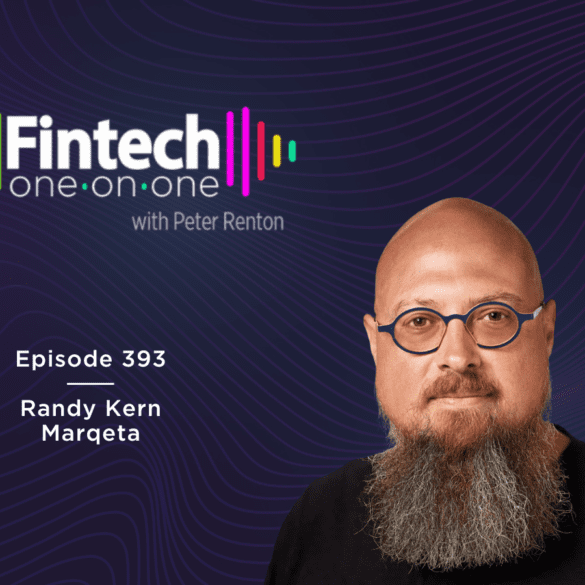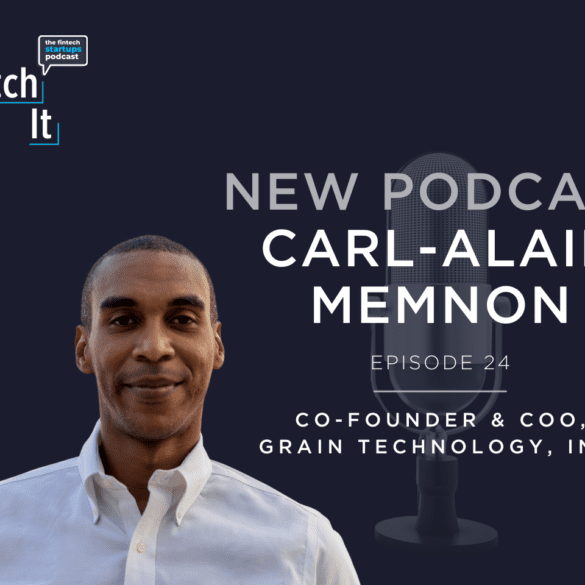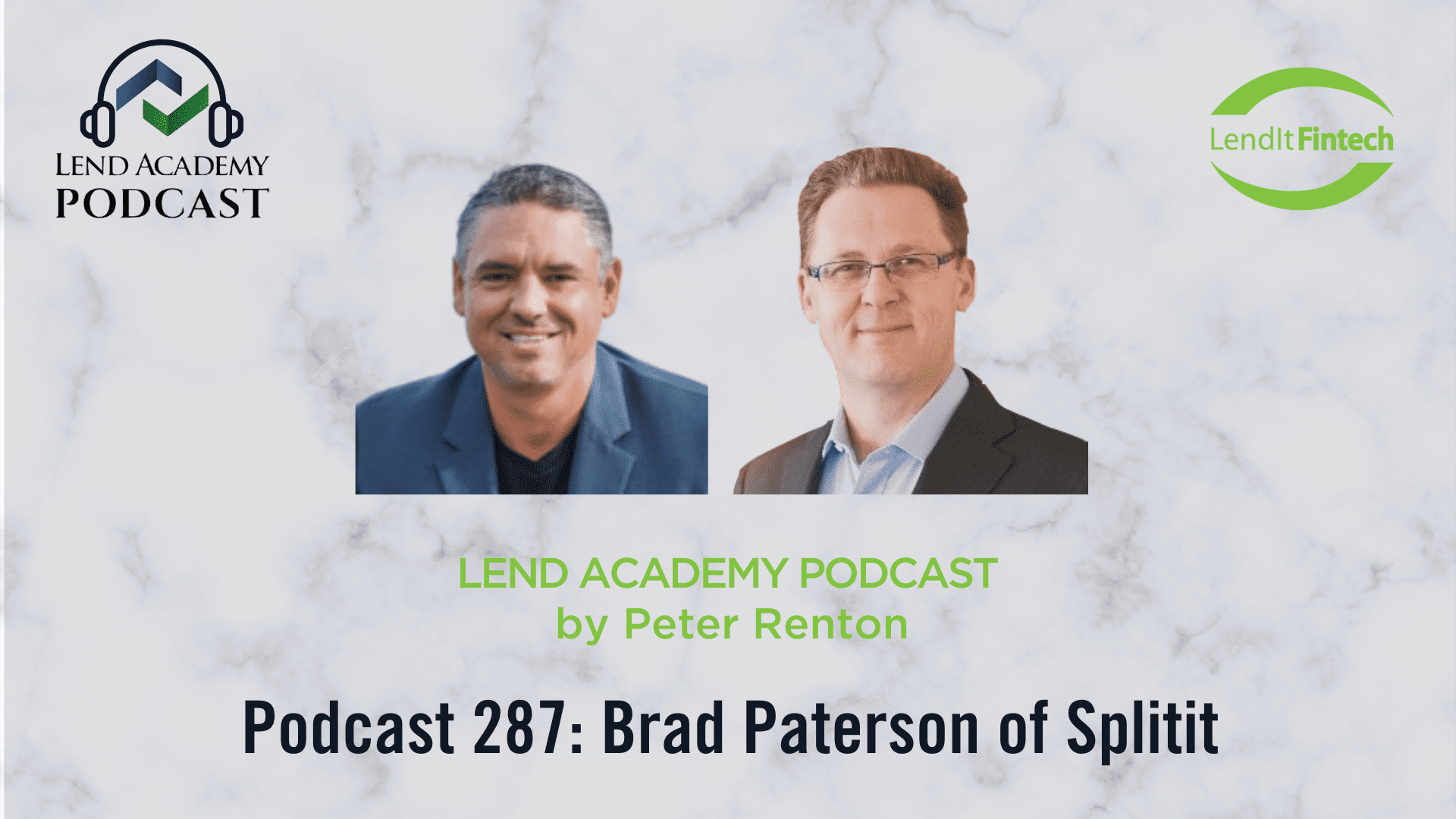Amazon launched a credit card product in Brazil in an effort to compete with Mercado Libre and ramp up its fintech strategy in South America.
According to TransUnion Insights, in Q3 2022 consumers turned to unsecured personal loans and credit cards for breathing room.
·
The Bank of Missouri has partnered with Corserv to enable the issuing of Visa credit cards for their customers.
The CEO and Head of US operations for Curve discuss financial super apps, BNPL, launching in the US, credit cards and more
Founded after incubating in the Y combinator class of 2019, Jeeves is a cross-boarder card and payments company aiming to slash fees for startups that operate over multiple borders.
As a company founded as completely remote, Jeeves has employees all over the world and understands the issues that come with it.
Brazil's Minister of Finance criticized "stratospheric" revolving credit card interest rates amid a campaign to push through economic reforms.
In this episode we talk with the CTO of Marqeta, Randy Kern, about credit card technology, tokenization, embedded finance, open APIs, digital wallets and more.
Deserve has released its Commercial Credit Card platform aiming to help banks and B2B companies serve SBMs with corporate credit cards. We took a look at the digital progression of money and how this new offering fits in.
On episode 24 I talk with Carl-Alain Memnon of Grain. Grain is the Digital Credit Card for Everyone, they provide...
The Buy Now Pay Later (BNPL) space is probably the hottest vertical in all of fintech. Consumers like the flexibility...











